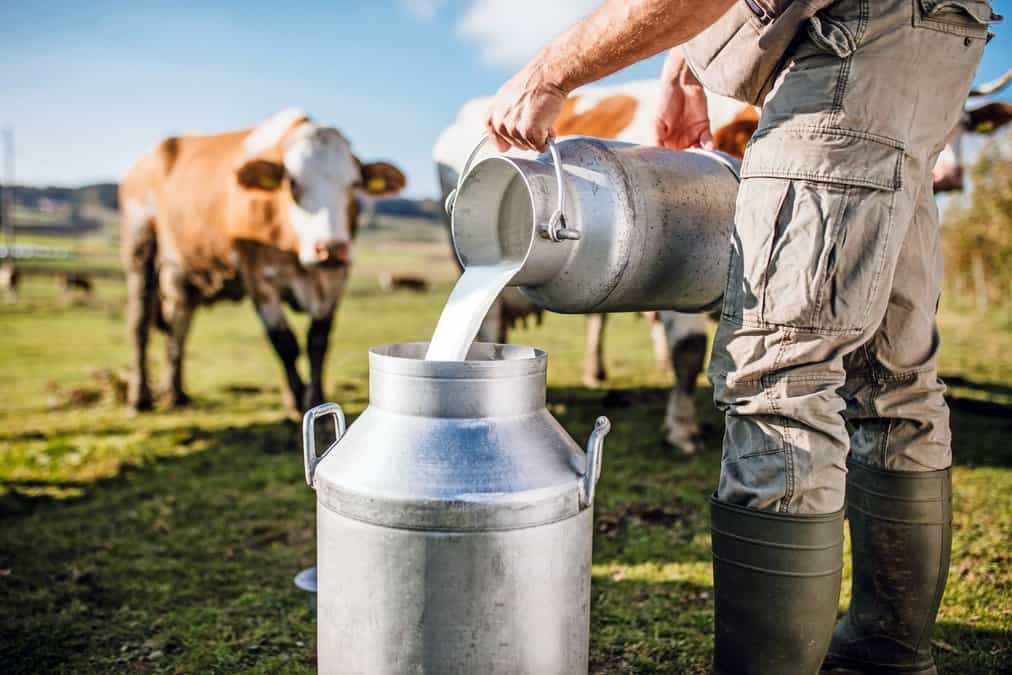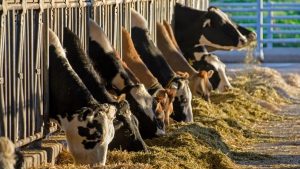
• Almond prices depressed.
For the first time since 2012, almonds were knocked off their perch as the top agricultural commodity in Stanislaus County, according to the recently released 2022 county crop report.
Another year of drought, worldwide trade stalls, and unseasonable weather events left their mark on the value of Ag commodities, causing a shake-up of the top commodities.
Overall, Stanislaus County reported just over $3.725 billion in gross revenue, an increase of five percent from 2021’s total of $3.5 billion.
High milk prices were the main reason that milk was able to reclaim the top spot, according to Pinfold, as well as depressed almond prices. Milk had been the county’s top commodity until 2013, when almonds took over and remained number one until 2022.
Walnuts fared even worse, dropping entirely out of the top 10.
The report provides a statistical description of commodities including acres harvested and total production value; it is used by the U.S. Department of Agriculture as part of its data compilation for the National Agricultural Statistics Service, and only represents the gross value of commodities and does not reflect production costs or profits.
Agriculture is a primary industry for Stanislaus County.
This year’s crop theme highlighted the future of agriculture, and the programs that develop leadership and agriculture experiences, such as 4-H, Future Farmers of America, and the Farm Bureau’s Young Farmers and Ranchers program.
The average American is at least three generations removed from a farm, Pinfold said during her presentation. These programs serve kids from as young as five years old.
“With less than two percent of the U.S. population in food and fiber production, we can only hope that their experiences in these programs create connection and foundation for understanding agricultural industry in the future.”
Chiesa echoed those sentiments.
“Farming is very honorable profession, as far as I’m concerned,” said Chiesa. “But there’s a lack of people choosing Ag as a profession. … And if not for programs like 4-H and FFA and the Young Farmers and Ranchers and groups like the Farm Bureau running programs that continue to put in front of people the importance of the industry, my fear is that we’ll consolidate farms just like we consolidate about every other business.”
• Fruit and nut crops, formerly the largest commodity, were toppled by livestock and poultry products.
• Scarcity in the egg market due to avian influenza and Proposition 12 livestock housing requirements drove prices up in the marketplace leading to a 111 percent increase in value.
• Hay and silage prices once again saw a significant rise due to persistent drought affecting forage, bolstering the feed market.
• Walnuts had a loss of 61 percent, dropping them from the top 10 for the first time in 20 years due to trade challenges and late season high heat affecting the crop quality.
The 2022 report, as well as reports from past years, is available www.stanag.org/crop-statistics.shtm

























